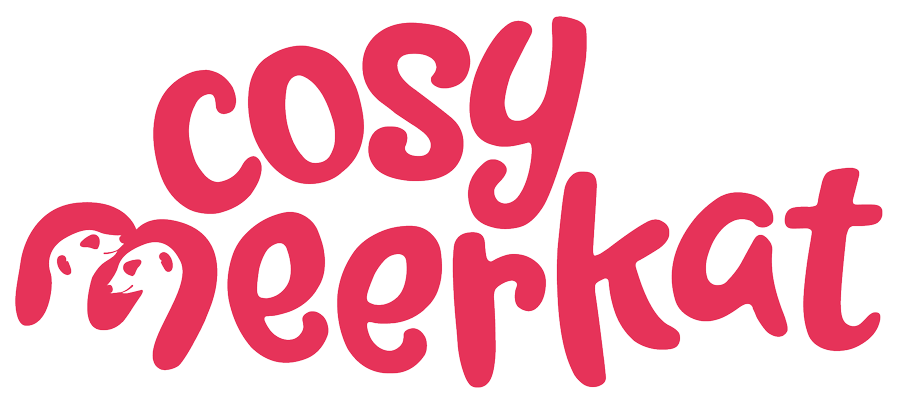Six employee reward and recognition ideas that won’t break the bank
Both individuals and the businesses that employ them are feeling the pinch right now. Costs are spiralling everywhere you look and yet, at the same time, skill shortages in some areas mean you’ve got to work hard to keep the employees you have. We all know one of the best ways to make sure staff are happy, engaged and therefore motivated at work is to reward and recognise their efforts. But a lot of the schemes that entice or retain employees can be expensive to set up and maintain, especially for smaller businesses. So, how do you keep up employee morale with a small budget? We’ve gathered some of our favourite ideas we’ve seen clients using – all of them budget friendly – to help you out.
Before you start work on any new incentive scheme, it’s important to do two things:
● Set a realistic budget – and stick to it.
● Don’t pick rewards you think your staff will like – if you’re unsure then ask. A quick survey to find out what people would like will do if you’re only intending to bring in things that are small scale. Anything bigger, which requires significant investment, we’d recommend gleaning a more in-depth understanding of where staff morale and engagement is in your organisation with an employee engagement survey.
And now, on to our favourite, budget-friendly reward and recognition ideas:
Send personalised thank you notes. We all like to feel appreciated and valued. It’s one of the easiest and most pleasing rewards you can give – and it’s free. It could be handwritten, an email, a note via Teams or finding them at their workspace and saying it face to face. It’s not just about managers saying thank you though. It’s often colleagues who’ll spot and appreciate hard work first; encourage others to say thank you more and you’ll strengthen team bonds too. Remember also, it’s the quality not the quantity of the thank you that makes the difference. Homing in on why someone should be appreciated will mean a lot more to them than something generic.
Start an Employee Spotlight feature. We all like to be thanked, but having others see you being thanked for doing a great job feels even better. If you’ve got an employee newsletter create a slot that highlights someone who’s worked hard that month. You could do similar on your intranet, or, if your staff generally work on site, you might feel a poster or a nominations box and celebration wall could work best. As before, peer-to-peer recognition is great here. Ask staff to nominate and vote for an employee of the month; you might be surprised at the reaction you get. When we helped Cathay Pacific revise their Reward and Recognition programme, including the introduction of a new annual awards ceremony, we were inundated with nominations, exceeding their target of 2000 by nearly a third within two weeks. It doesn’t need to be that big, of course. Employee communications apps like Firstup, for example, or Viva Engage (formerly Yammer) if you have it, can be a relatively inexpensive way to publicise your scheme, gather nominations and share the results.
Say thank you with food. Provide lunch for a team gathering on a day you're all in or thank them with the occasional longer lunch break. Snacks can be a good motivator too (ideally of the healthy kind, but we won’t protest too much if they’re not). A box of treats after a tough week at work is a nice way to show your team you appreciate their efforts. It’s a day they don’t need to think about organising food, and a chance to get together in person and catch up.
Set up a suggestion box. Give employees a platform where they can suggest ideas about how to improve the workplace. It doesn’t have to be a physical box – it could be an online form. Remember to make sure staff know you’ve taken their ideas on board and are using them, otherwise it could be seen as a pointless endeavour and do more harm than good. If they’re up for it, pick the top three (most realistic) ideas (ask others to vote?) and turn them into reality.
Show employees that their opinions matter. This could be anything from whether you should bring in a new piece of technology or what they think of a specific project. It all helps make people feel more invested in the organisation and less like they’re just a cog in the machine. Showing an employee that you care what they think and that they’re a valuable part of the business will help improve many things, including: trust, loyalty, retention and creativity. Not only that, it’ll help boost individual morale and staff satisfaction.
Reward great performance with additional time off. You could do this on a case-by-case basis. But also bear in mind that additional leave for all staff – such as giving employees their birthday off or handing out a free half day just before the Christmas break – are rewards that will make everyone appreciate where they work. We know how hard it can be to find a good work-life balance, so it’s great to see businesses that really understand that helping their employees find that balance can reduce burnout and improve well being among many other things.
As you can see, it doesn’t take a huge budget, or even too much time to introduce new ways to reward and recognise employees. Of course employee retention comes down to much more than these things, like clear career paths and great leadership, but getting creative with the way you feedback and recognise performance should definitely be part of your strategy when it comes to creating a great work environment.
